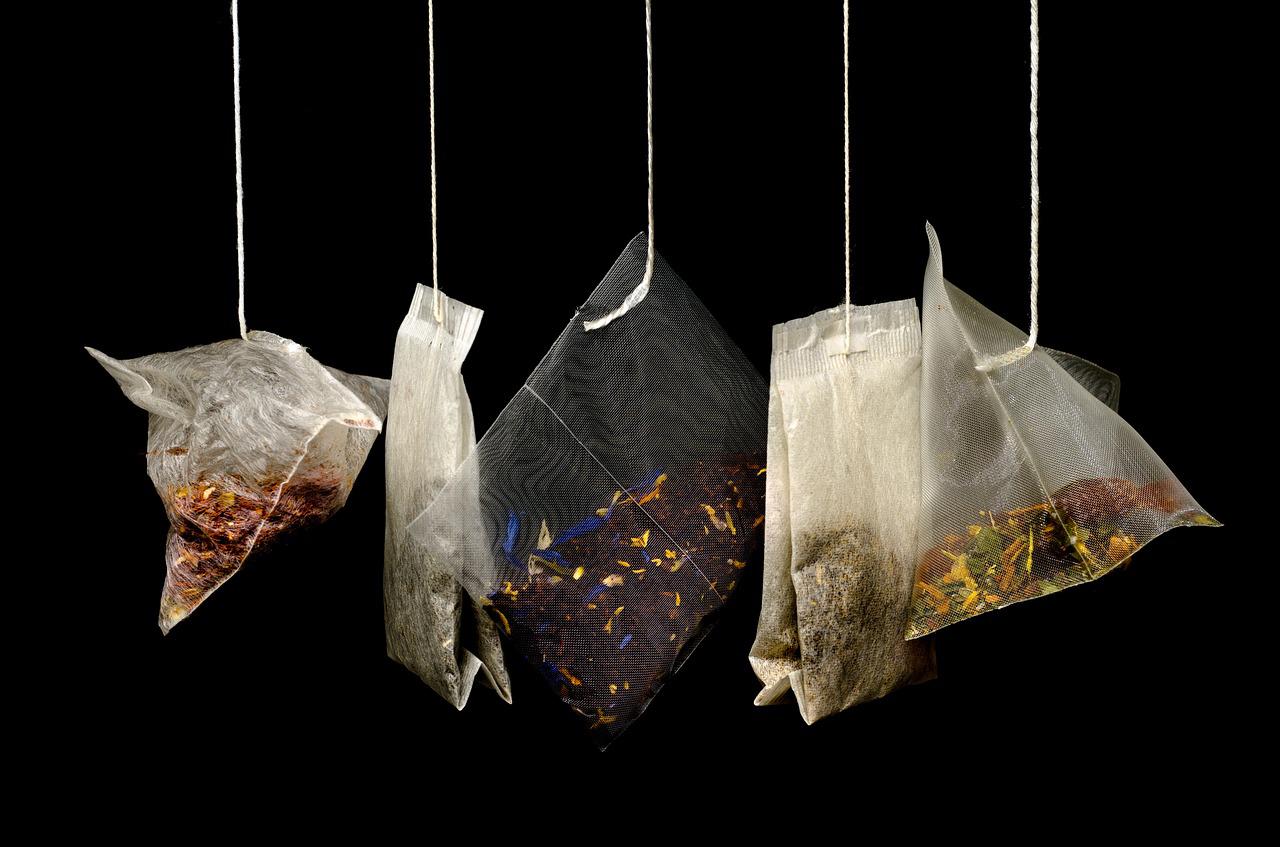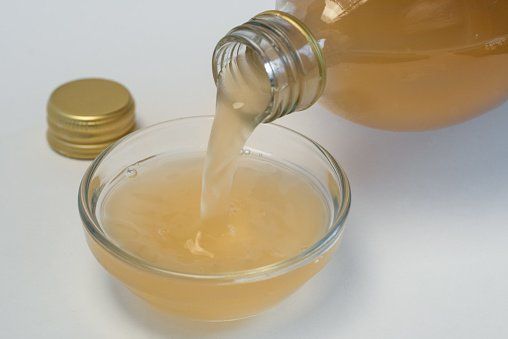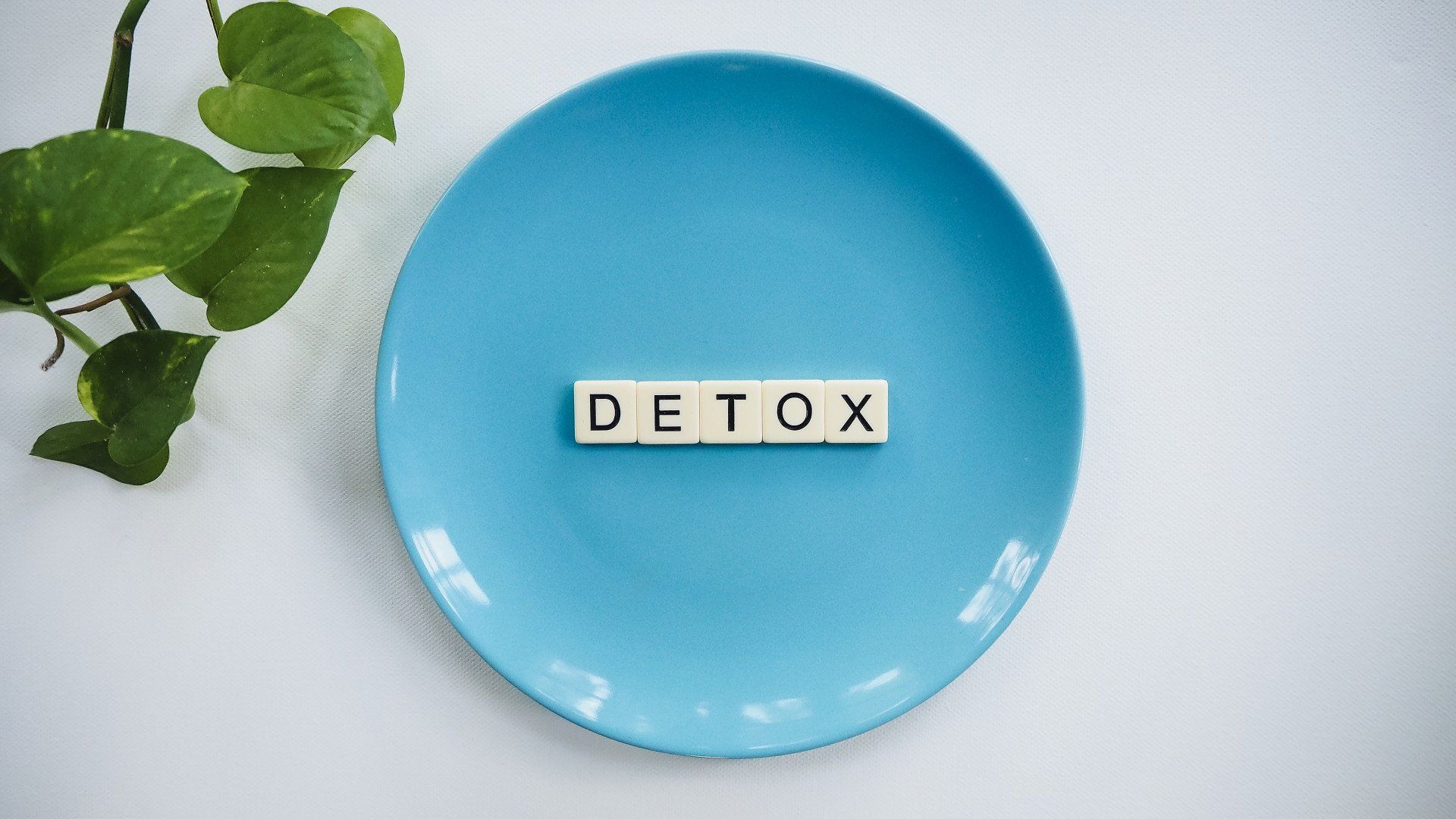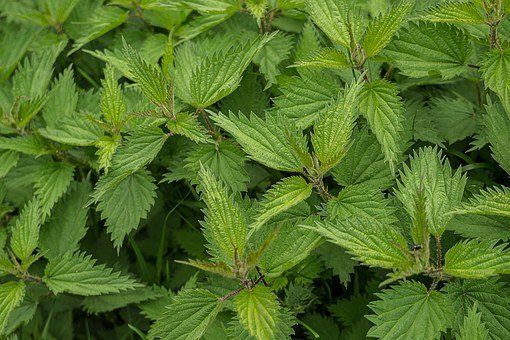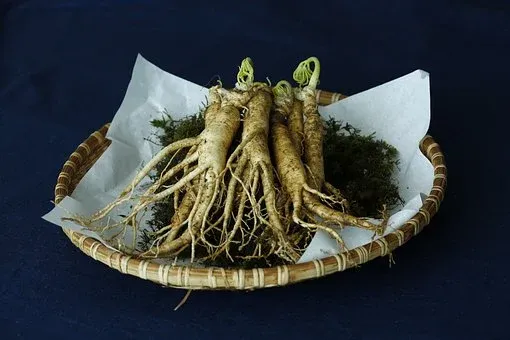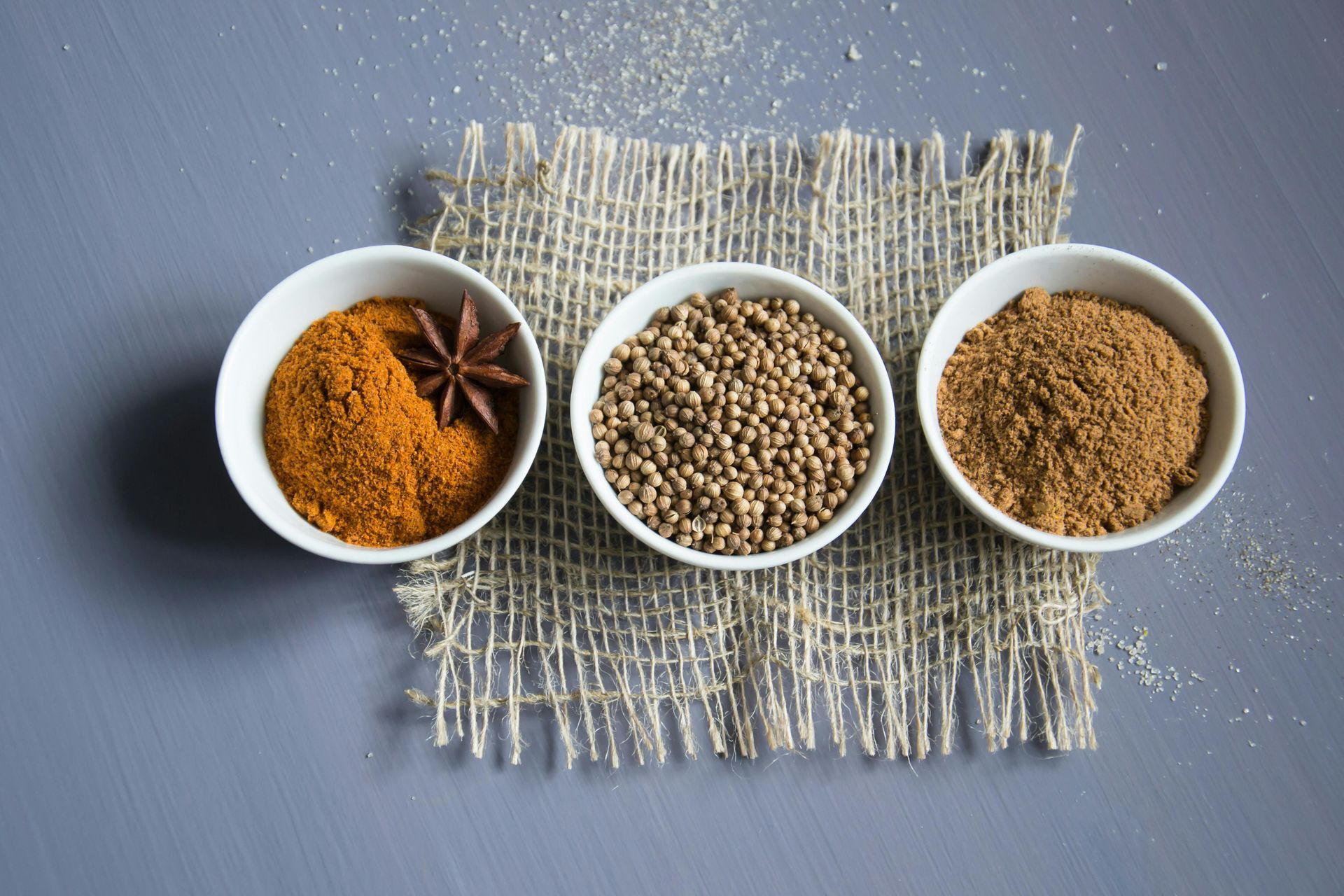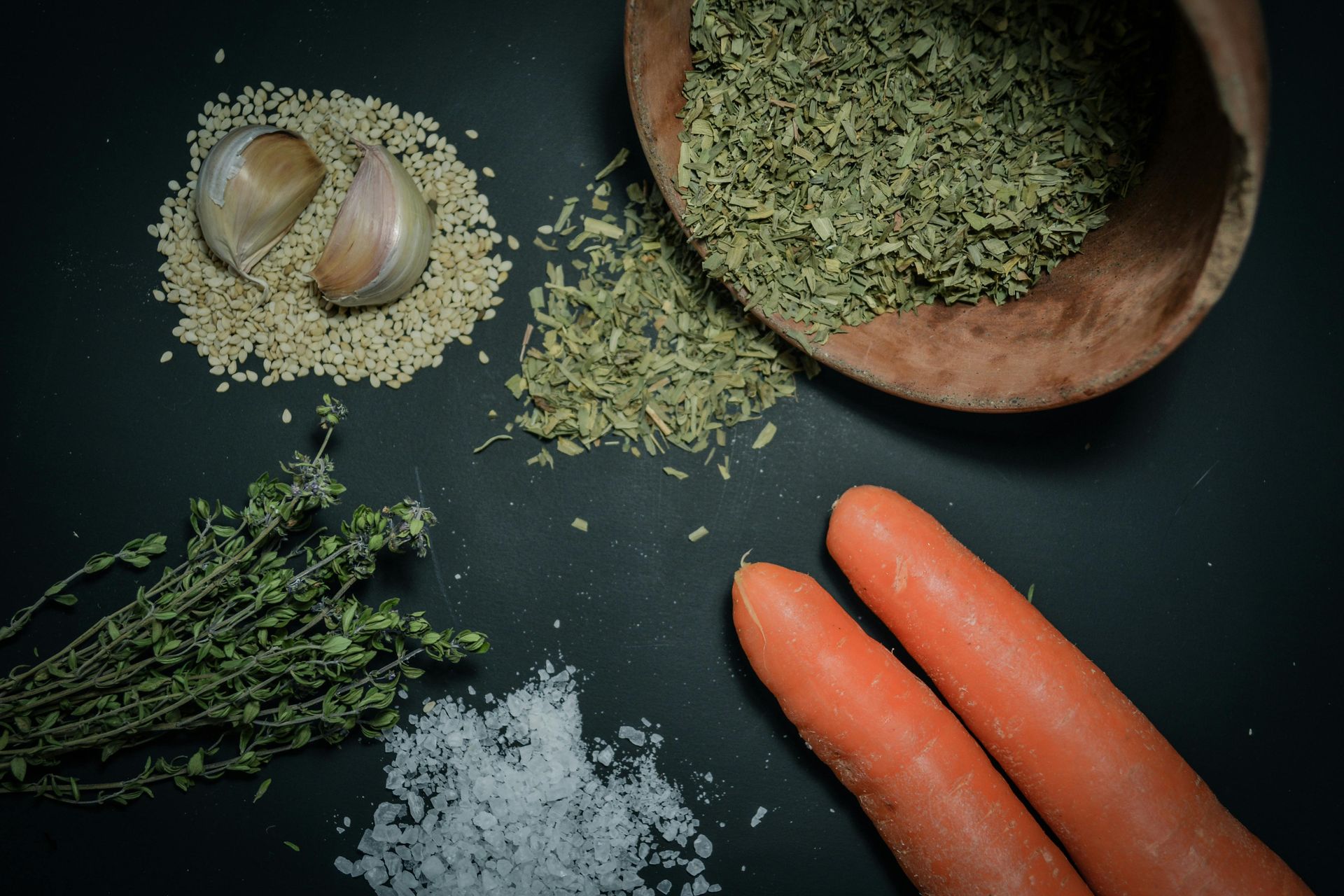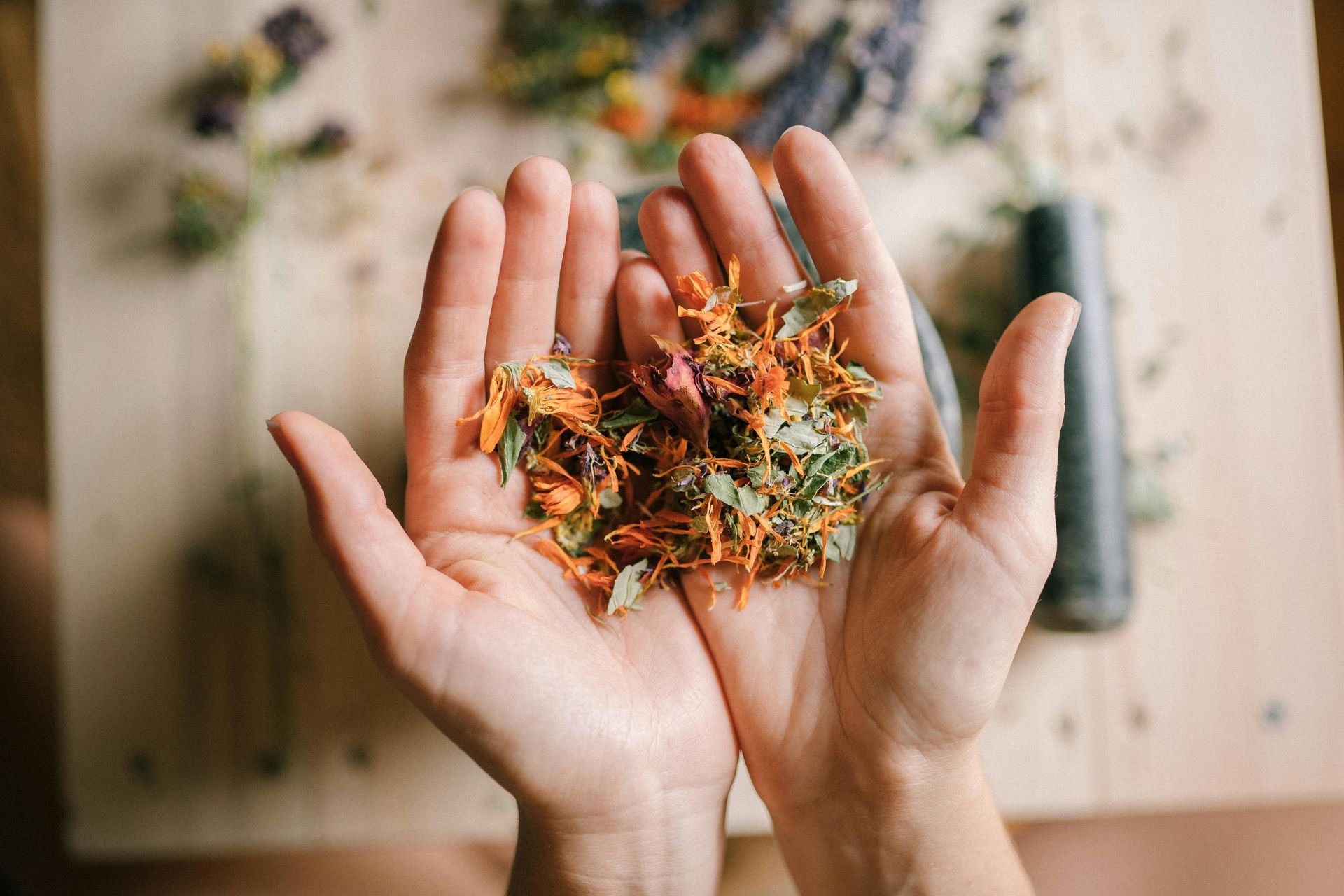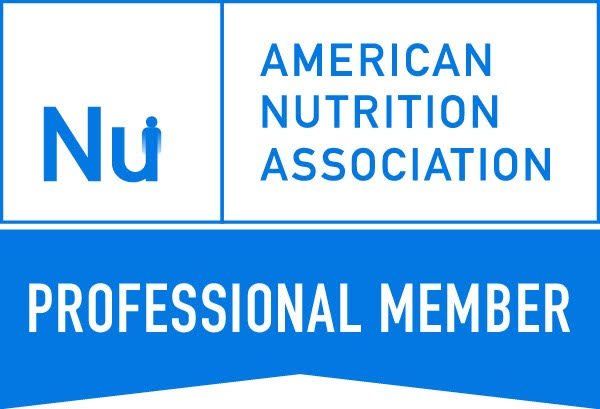The Science of Nutrigenomics and Nutrigenetics:
How Genes Influence Your Nutrition
As a nutritionist, I’m constantly amazed by the way our bodies interact with the foods we eat. While many of us know the basics—how certain nutrients can impact our health—there's much more to the story. Enter nutrigenomics and nutrigenetics: two cutting-edge fields that explore how our genes and diet work together to influence our overall health and well-being.
What Is Nutrigenomics?
Nutrigenomics is the study of how the foods we eat interact with our genes and affect gene expression. Simply put, it’s about understanding how nutrients—like vitamins, minerals, fats, and carbohydrates—can influence the activation or deactivation of specific genes. This field of research is still relatively young, but it’s already shedding light on how diet can directly impact everything from our metabolism to our immune system.
For example, certain foods may "turn on" protective genes that help reduce inflammation or protect against chronic diseases. Conversely, other foods might activate genes that contribute to disease development, such as those involved in insulin resistance, cardiovascular disease, or even certain types of cancer.
What Is Nutrigenetics?
While nutrigenomics focuses on how food impacts gene expression, nutrigenetics takes a slightly different angle: it looks at how our genetic makeup influences the way our bodies respond to specific nutrients. Essentially, it’s about understanding how genetic variations can affect how well we metabolize or utilize different nutrients.
For instance, some people have genetic variations that make them more efficient at processing certain vitamins or minerals, while others may have genetic predispositions that make them more sensitive to specific food compounds. This is why two people eating the same diet might have different health outcomes: their genetic differences are influencing how their bodies process and use those nutrients.
A classic example is lactose intolerance. Some people have a genetic variant that reduces the production of lactase, the enzyme responsible for breaking down lactose in dairy products. For those individuals, consuming dairy can lead to digestive issues like bloating, gas, and discomfort. On the other hand, people without this genetic variation can consume dairy with no issues.
How Can Nutrigenomics and Nutrigenetics Improve Your Health?
Understanding both nutrigenomics and nutrigenetics can open up a world of possibilities for personalized nutrition. Instead of taking a “one-size-fits-all” approach to diet, these fields are helping to develop personalized nutrition plans tailirod to your genetic profile, lifestyle, and health goals. Here’s how they can benefit you:
1. Personalized Diet Plans
One of the most exciting aspects of nutrigenomics and nutrigenetics is the potential for personalized nutrition. Imagine knowing exactly which foods are most likely to benefit your body based on your genetic makeup. This can help optimize your diet to support your health in the most effective way possible. For example, if your genes suggest you're more prone to inflammatory diseases, you might be advised to include more anti-inflammatory foods, like omega-3-rich fish or antioxidant-packed berries, in your diet.
2. Disease Prevention
With the information provided by nutrigenomics and nutrigenetics, it’s possible to prevent chronic diseases before they even begin. If your genetic profile shows a predisposition to conditions like heart disease, diabetes, or obesity, you could receive specific dietary recommendations that target those risks—such as reducing sodium intake for heart health or increasing fiber for better blood sugar control.
3. Optimized Nutrient Absorption
Nutrigenetics can also guide us in understanding which nutrients we may be under- or over-consuming based on our genetic variations. For example, some people might have a genetic variation that makes them less efficient at absorbing vitamin D, meaning they would benefit from additional vitamin D-rich foods or supplements. Others might have genetic variants that affect their ability to metabolize folate, and may require higher amounts of this essential nutrient to support health.
4. Improved Athletic Performance
In sports nutrition, nutrigenomics is beginning to play a big role in tailoring diets for improved athletic performance and recovery. Some genes influence how quickly your muscles recover after exercise or how your body metabolizes carbohydrates during physical activity. By understanding these genetic traits, athletes can optimize their nutrition to enhance performance, reduce the risk of injury, and speed up recovery.
5. Weight Management
Weight management isn’t just about calories in and calories out. Our genes can influence how our bodies store fat, how efficiently we burn calories, and how we respond to certain diets. Nutrigenetics can help create a more effective weight management strategy, taking into account whether you’re genetically predisposed to gain weight more easily or whether your body responds better to a low-carb versus a low-fat diet.
How Do I Get Started with Nutrigenomics and Nutrigenetics?
If you’re curious about incorporating nutrigenomics and nutrigenetics into your health journey, here’s what you can do:
- Genetic Testing: Several companies now offer genetic testing kits that analyze your DNA to give you insights into how your genetics affect your nutrition. These tests can provide information about your nutrient metabolism, food sensitivities, and potential genetic risks for certain diseases. However, keep in mind that these tests are still evolving, and results should ideally be interpreted by a healthcare professional.
- Work with a Professional: If you’re interested in personalized nutrition based on your genes, it’s a great idea to work with a nutritionist who is trained in nutrigenomics and nutrigenetics. I completed professional training in these emerging fields, and can guide you to evidence-based genetic testing, help you to interpret your results and translate them into practical, science-backed dietary recommendations.
- Focus on a Balanced Diet: While genetic testing can offer valuable insights, it’s also important to focus on the basics of healthy eating: eating a variety of whole, nutrient-dense foods, staying hydrated, managing stress, and getting regular exercise. Nutrigenomics and nutrigenetics are powerful tools, but they work best when combined with a holistic approach to health.
Final Thoughts
Nutrigenomics and nutrigenetics are transforming the way we think about nutrition and health. By understanding how our genes interact with the foods we eat, we can make more informed decisions about our diets and health practices. While we’re still learning about the full extent of these sciences, one thing is clear: there’s no one-size-fits-all when it comes to nutrition. With personalized insights, we can optimize our health in ways that were once unimaginable.
